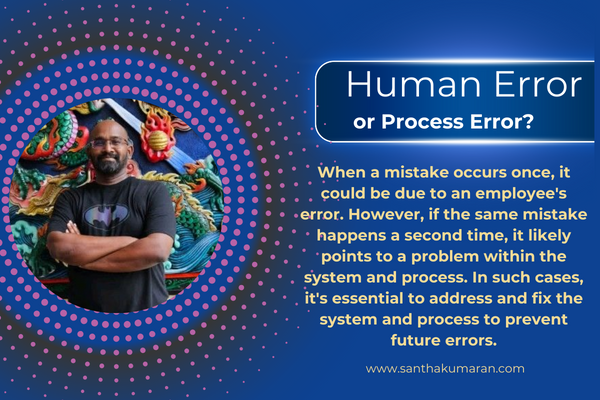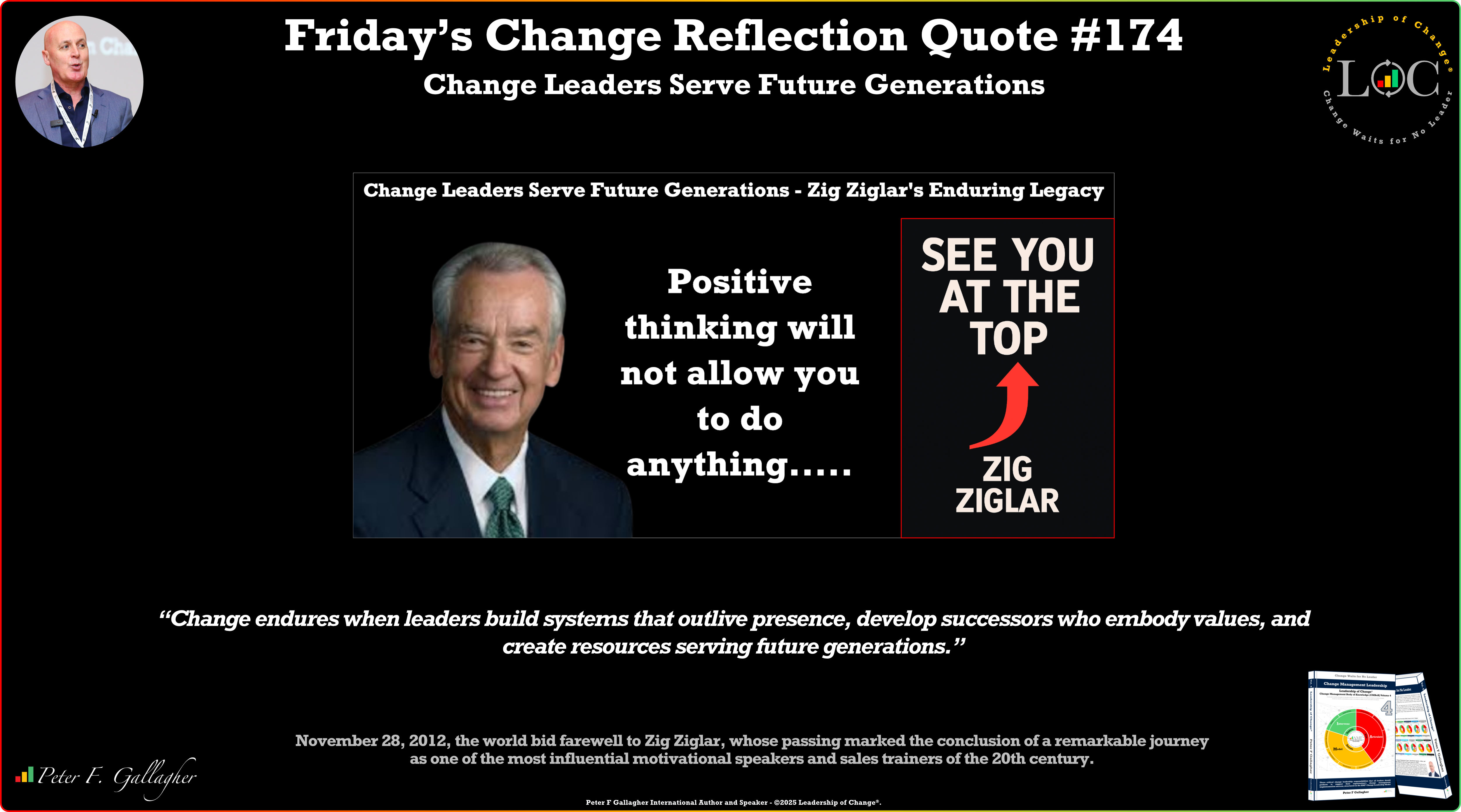May02

When Repeated Mistakes Signal System Problems: A Guide to Identifying and Fixing Process Flaws
In any organization, mistakes are bound to happen. Whether it's an oversight in a report, a missed deadline, or a customer service misstep, errors are a natural part of business operations. When a mistake occurs once, it's often attributed to an individual's error or misjudgment. However, when the same mistake happens again, it usually indicates a deeper issue within the system or process. Identifying and addressing these systemic problems is crucial for preventing future errors and maintaining operational efficiency. Let's explore this concept with some examples and discuss how organizations can take action to correct systemic flaws.
When an employee makes a mistake, it's essential to understand the context. An isolated incident might suggest a lack of training, an oversight, or a moment of human error. In such cases, a simple correction or additional training might be sufficient to prevent recurrence.
However, if the same error occurs multiple times, especially among different employees, it's a red flag indicating a systemic issue. This could be due to unclear processes, poor communication, inadequate resources, or other structural issues. When this happens, shifting focus from individual performance to process improvement is essential.
Consider a scenario where a company's accounting department frequently experiences data entry errors. Initially, the problem lies with the individual employees responsible for entering data. However, upon closer inspection, the issue could be traced back to the system. The software used for data entry may need to be more intuitive, or the process requires proper checks and balances. In this case, addressing the systemic flaw might involve:
Another example involves a retail company that receives frequent customer complaints about delayed deliveries. Initially, the blame might fall on the delivery personnel or the customer service team. However, if the issue persists, it likely points to a problem within the company's logistics system. This could be due to inadequate inventory management, inefficient routing, or communication gaps between departments. To fix the issue, the company might need to reevaluate its logistics process, invest in technology to improve tracking and establish clear communication protocols.
When organizations identify systemic issues, addressing them requires a thoughtful and systematic approach. Here are the key steps to consider:
Conduct a thorough investigation to understand why the mistake occurs. This might involve reviewing processes, conducting interviews, and analyzing data.
Once the root cause is identified, develop and implement corrective measures. This might involve process redesign, technology upgrades, additional training, or improved communication channels.
After implementing changes, closely monitor the system to ensure the issue is resolved. Be prepared to make adjustments as needed based on feedback and ongoing analysis.
Foster a Culture of Continuous Improvement
Encourage employees to report issues and suggest improvements. By fostering a culture of continuous improvement, organizations can prevent systemic issues from reoccurring.
When a mistake happens once, it may be an individual's error. However, when it happens twice or more, it likely indicates a systemic issue. Addressing and fixing these issues is essential for maintaining operational efficiency and delivering high-quality outcomes. By taking a proactive approach to identifying and resolving process flaws, organizations can prevent future errors and create a more resilient and effective system.
By Santhakumaran Atmalingam ACXS
Keywords: Customer Experience, Design Thinking, Healthcare
 Operational Speed Without Strategic Clarity Creates Chaos
Operational Speed Without Strategic Clarity Creates Chaos The AI Curriculum: A Library's Deep Dive into Artificial Intelligence
The AI Curriculum: A Library's Deep Dive into Artificial Intelligence Friday’s Change Reflection Quote - Leadership of Change - Change Leaders Serve Future Generations
Friday’s Change Reflection Quote - Leadership of Change - Change Leaders Serve Future Generations The Corix Partners Friday Reading List - November 28, 2025
The Corix Partners Friday Reading List - November 28, 2025 The High-Performing Manager’s Burger: A Practical DoD that Reduces Defects and Shortens Cycle Time
The High-Performing Manager’s Burger: A Practical DoD that Reduces Defects and Shortens Cycle Time